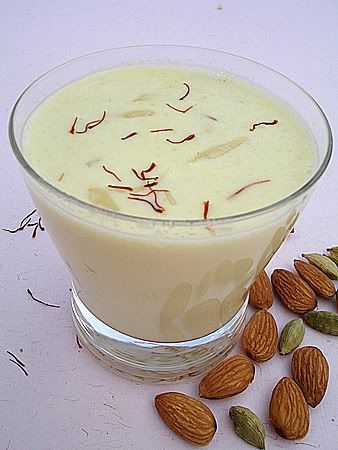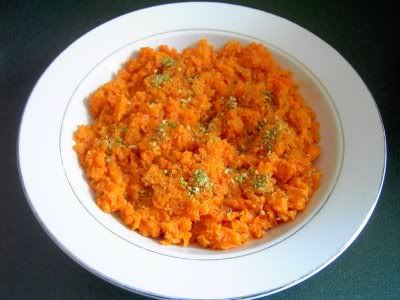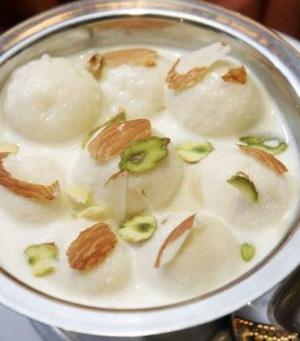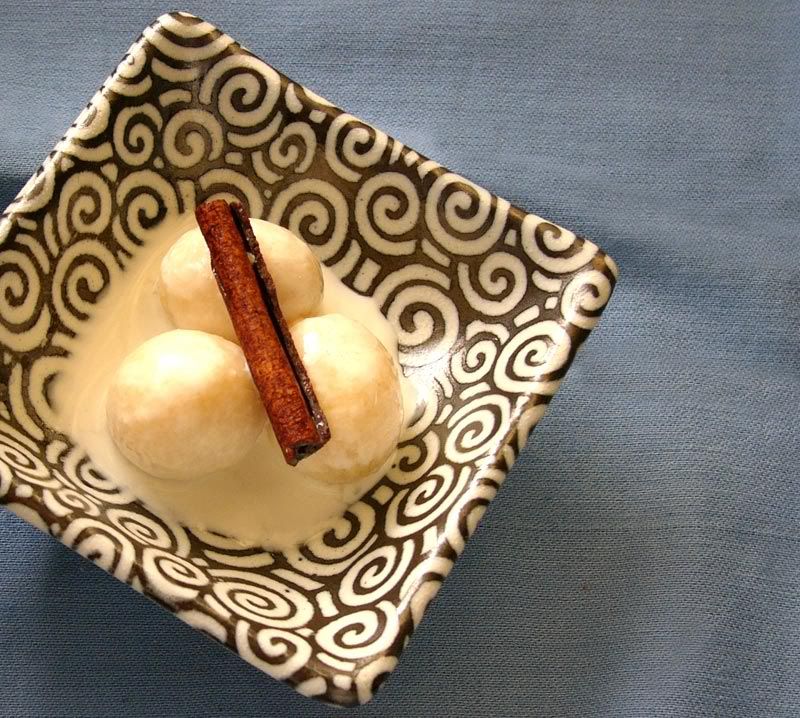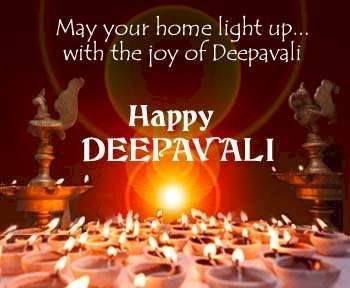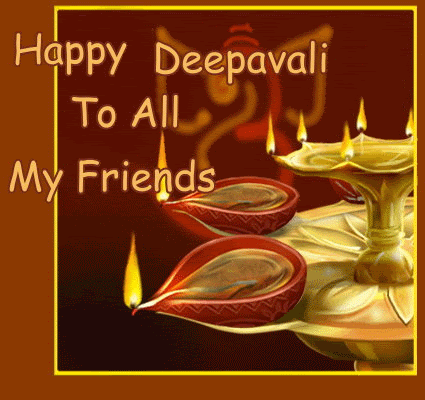Deepavali Sweets Recipes 2009 | Boorelu Recipe
Today, we feature a popular Indian sweet dish recipe that would be great for a Deepavali dessert dish. It is called the Boorelu. This sweet dish is very popular during Deepavali in Bengal.
Boorelu is one of the most popular sweets prepared in the homes of Andhras, symbolic of joy and festivity. Boorelu completely embodies the idea of a traditional Andhra sweet to the hilt.
Boorelu
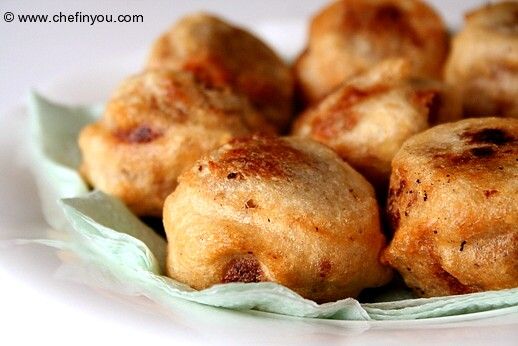
Ingredients
1/2 cup cup black gram dal/urad dal/minappappu
1 cup rice
1 cup bengal gram/channa dal/sengapappu
1 cup sugar or 1 cup grated jaggery (adjust according to your choice)
1/4 cup fresh grated coconut (optional)
3/4 tsp cardamom powder
salt to taste
oil for deep frying
Method
1) Drain water from the black gram dal and rice and grind to fine paste adding very little water. It should be like a thick dosa batter. Add a pinch of salt and mix well. Leave aside covered.
2) Cook bengal gram with just enough water to cover the dal. The dal should be just cooked and hold shape. Drain any left over water from the dal after its cooked. Add jaggery or sugar to the dal and use a masher to mash them together till it blends well.
3) Take a heavy-bottomed vessel and add the ground dal paste and cook till it appears like a thick paste, stirring continuously as the dal tends to stick to the vessel. Turn off heat and cool.
4) Add grated coconut, cardamom powder and mix well. Shape small bite sized balls like shown in the picture above.
5) Heat enough oil in a wide heavy bottomed vessel for deep frying the balls. Dip each ball in the batter and let it coat evenly and place in the oil and deep fry till golden brown and crunchy. You can deep fry a batch of four to five balls depending on the size of the vessel.
6) Serve warm. Store in an air tight container as they last for at least two days.
Boorelu

Labels: Deepavali Recipes, Deepavali Sweets















